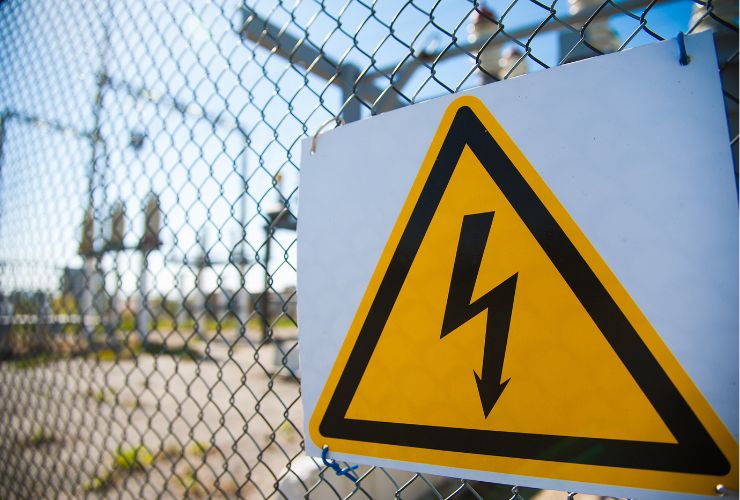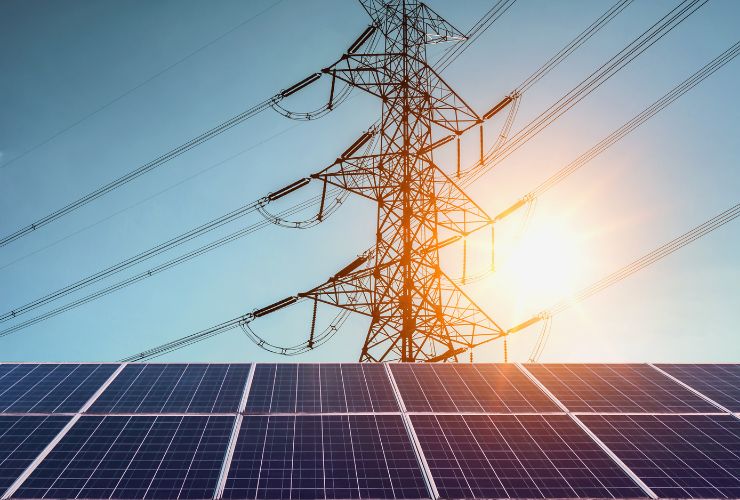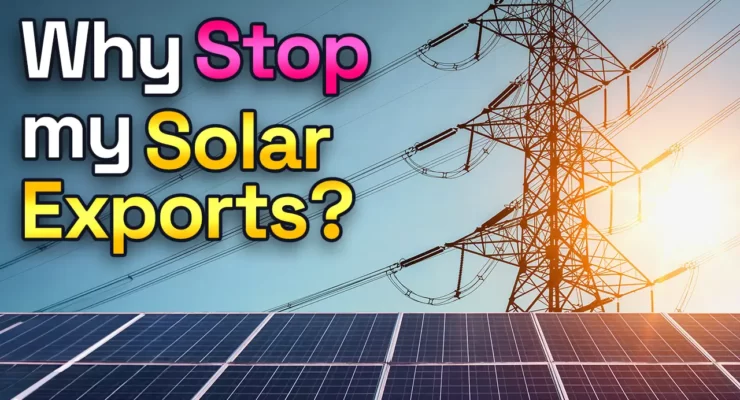Fast read
Solar export limiting controls the amount of electricity solar systems send back to the grid.
Introduced because of Australia's high solar system adoption rate, it ensures grid stability by preventing excessive solar electricity from causing voltage and frequency surges, which can damage infrastructure and appliances. Typically, systems might be limited to exporting 5-10kW, with some areas allowing no export.
This might initially seem restrictive, but it allows homeowners to install larger solar capacities without impacting the grid. It also boosts the value proposition for adding batteries, allowing for storage of excess energy for later use. Overall, export limiting safeguards grid stability while supporting continued solar adoption. Also, a sign that the policymakers responsible for grid stability have been asleep at the wheel for a decade-plus.
What is solar export limiting, and why is it happening increasingly?
When not used in the home or business, solar power is exported to the grid. That electricity is then available to other nearby households to use. As solar generation overall is renewable energy, one would expect the more we export, the better for the grid from an environmental perspective. But more solar systems being under solar export limiting are now challenging this assumption.
Electricity networks across the country are implementing export control, also known as solar export limiting. They install additional hardware or controls to communicate with the solar inverter. These hardware or controls can then control the amount of electricity sent back to the grid.
This commonly restricts the ability of an installed solar system to an export limit of 5 to 10kWh for the day but can vary in different circumstances and regions. Authorities can also set limits on the size of the solar system. For instance, in regions with high solar penetration, you might not be able to connect a solar system larger than, let’s say, 10 kW.
Some areas set a solar export limit of zero due to a high proportion of solar systems installed. This means the property or commercial business cannot export any solar electricity for a feed-in tariff (FiT) and can only rely on self-consumption.

The rules differ from region to region
The network will require you to limit the amount of electricity that your solar system can export at any point in time if you want to install a system with a capacity higher than 5 to 10kW.
If the solar system produces more than 5kW of electricity that the home isn’t using at any point, it effectively throttles back the additional electricity, wasting it and releasing it as heat. Your local solar installer will be able to assist you in learning about your local solar export limiting rules.
For most homes and systems, the amount of electricity that will be lost and therefore not receive a FiT for solar exports will, however, have a small impact on the overall financial benefits and earnings from exported electricity.
Why is this solar export limit being implemented?
The electricity networks have had to introduce this system over a number of years for various reasons. The main one is because of the high volume of solar electricity systems installed nationwide. In fact, Australia has the world’s highest solar system per roof ratio. As a result, specific areas receive a lot of solar electricity being sent back down the wires.
Too much solar entering the grid at any point in time can harm the stability and strength of the grid if there is no demand for electricity at the same time. The surge in solar electricity into the grid creates voltage and frequency surges that can risk damaging transformers, network infrastructure, and household appliances and can cause blackouts.
In areas with an excess of solar power, authorities may impose these restrictions to control the amount of solar electricity sent to the grid and maintain the strength of the grid connection.

Will I lose a lot of money?
Potential solar purchasers may worry about losing income from their solar system because their potentially exported electricity doesn’t count as a credit in their electricity billing cycle. At the current feed-in tariff rate of 5 to 8 cents, the overall credit gained, other than for exceedingly large solar PV systems, is relatively small.
Also, the solar export control policy forces solar owners to use their solar power within the house. This means they will install technology that pushes the electricity into their water tank to make hot water from the electricity or pre-cool and pre-heat the home with the excess solar electricity.
Are there any benefits of solar export limiting
Imposing solar export limits may actually allow you to install a larger solar system. The reason for this is that when you have solar export limits in place, it does not matter whether or not you have additional energy-generating capacity because it will not affect the grid. However, this additional capacity may enable you to self-consume more power in the home or business where you are a large electricity user.
Many people are also seeing the introduction of solar export limits to increase the value of adding batteries to their solar systems. If you have extra solar capacity that you can’t export, storing that electricity to use at night instead of wasting it becomes increasingly attractive.
The other benefit of solar export limiting is, as explained above that it reduces the chances of grid power surges and overall stress on the grid. When every household decides to export solar energy simultaneously, the grid’s power lines can become stressed. Reducing this stress also increases solar adoption overall, as installing a new residential solar system has little to no negative impacts.



